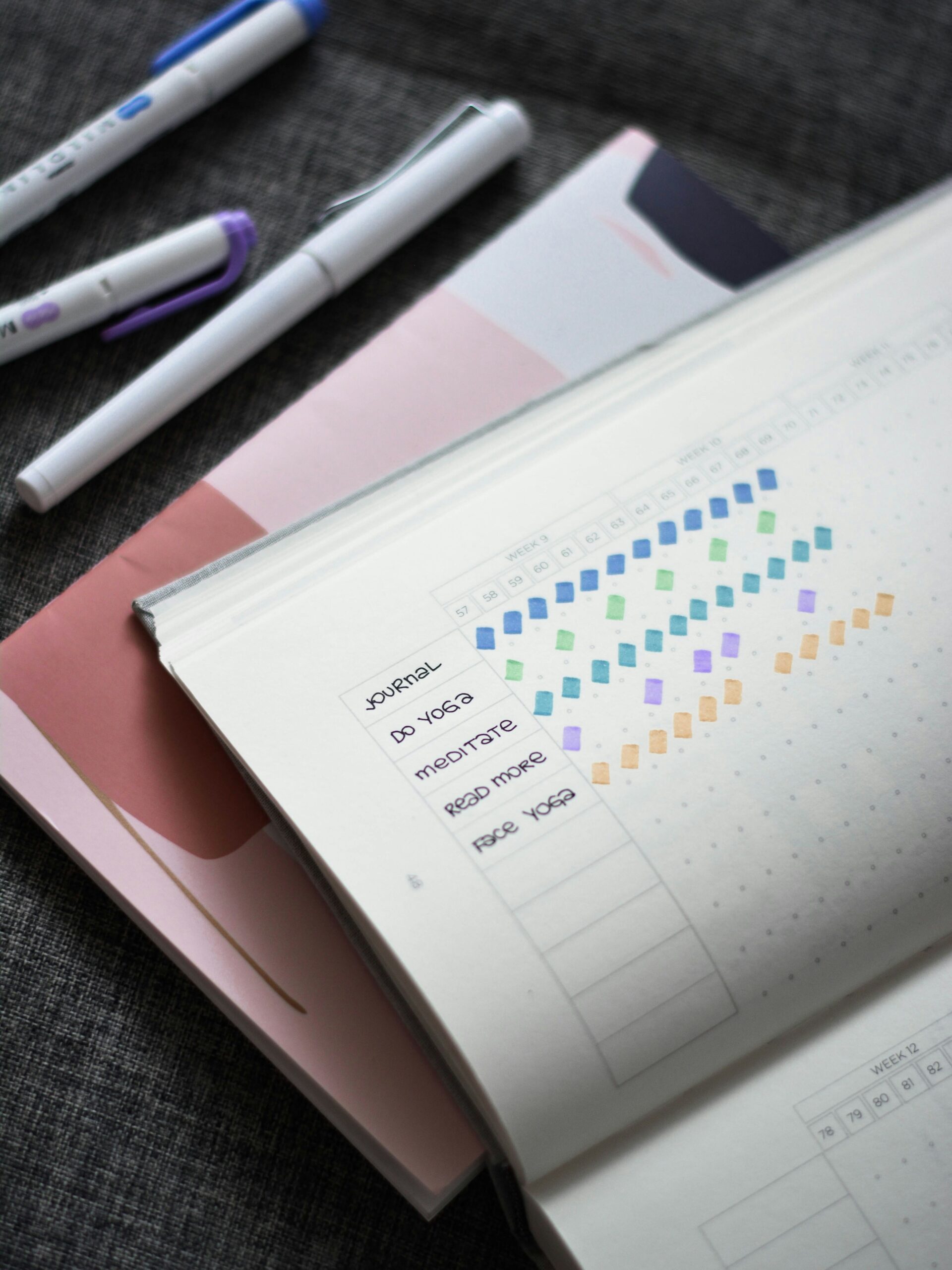In our quest for self-improvement, habit-building is a central theme. Yet, not all habits are created equal—especially when it comes to how we feel about them. Surprisingly, we tend to value the habits we build for ourselves far more than those imposed on us. This phenomenon, known as the “IKEA Effect,” sheds light on why self-made habits hold a special place in our hearts and minds, driving us to stick with them even when the going gets tough.
What is the IKEA Effect?
Named after the popular Swedish furniture brand, the IKEA Effect refers to the psychological phenomenon where people place a disproportionately high value on things they have created themselves, even if they aren’t perfect. In a classic study by researchers at Harvard, Yale, and Duke, participants valued furniture they assembled themselves higher than identical items assembled by someone else. This sense of ownership and pride in one’s creations doesn’t just apply to furniture—it extends to all sorts of personal endeavors, including habit-building.
Related Insight: If you’ve ever felt an attachment to a project you put together on your own, you’re already familiar with the IKEA Effect. Building something with our own hands—or in this case, our willpower—makes us cherish it all the more.
Why Self-Made Habits Stick Better
When it comes to habits, the IKEA Effect means that we tend to value routines that we’ve developed and refined ourselves. Here’s why self-made habits tend to be more powerful than externally imposed ones:
- Increased Sense of Ownership
Self-made habits are inherently personal. When you craft your own routine or strategy, it reflects your unique needs, goals, and preferences. This ownership leads to greater emotional investment, making you more likely to stick with it. It’s not just a habit—it’s your habit. - Higher Motivation to Succeed
Since you built the habit yourself, you’re more likely to feel a strong desire to see it through. This sense of accomplishment fuels motivation and reinforces your commitment over time. As noted in Psychology Today, the sense of agency is a key motivator that drives people to follow through with goals they set for themselves. - Increased Resilience in the Face of Challenges
Self-made habits are more likely to endure because they’re grounded in your values. When things get difficult, you’re more inclined to push through since the habit is tied to personal effort and identity. This resilience is often missing in habits imposed by others or by societal pressures. - Personalization and Flexibility
Self-created habits are tailored to fit your life. You have the freedom to adjust, refine, and adapt these habits to match your evolving goals. This adaptability makes self-made habits more sustainable in the long term.
Example: Imagine adopting a morning workout routine because you genuinely want to boost your energy levels, versus doing it because a fitness trainer told you to. In the first scenario, you’re more likely to maintain the habit because it aligns with your intrinsic motivation.
How to Apply the IKEA Effect in Habit-Building
Applying the IKEA Effect to habit formation involves consciously choosing, planning, and owning each aspect of your routine. Here are some steps to foster self-ownership in your habits:
- Start Small and Build Gradually
Design habits that align with your current lifestyle and expand them over time. This approach reinforces your attachment to the habit while making it manageable. - Customize Your Habit-Building Approach
Create a routine that reflects your personal values. For example, if you’re working on a journaling habit, choose prompts that resonate with you rather than generic ones. This adds a layer of meaning and personal connection. - Celebrate Small Wins
Reinforce your sense of ownership by celebrating milestones. By acknowledging these achievements, you build emotional investment in the habit, making it feel even more like something you’ve built from scratch. - Reflect and Refine
Regularly assess how the habit fits into your life and tweak it as needed. Personalizing your habits is crucial to keeping them aligned with your goals and priorities.
Practical Examples of the IKEA Effect in Habits
- Fitness Routines: Many people find that creating a custom workout plan—tailored to their strengths, schedule, and preferences—is more sustainable than following a pre-made plan from a coach or trainer.
- Diet and Nutrition: Instead of adhering strictly to a diet designed by someone else, people who develop their own meal plans based on preferences and nutritional needs often experience better long-term adherence.
- Mindfulness Practices: A self-crafted mindfulness routine that integrates activities you enjoy (like nature walks or deep breathing exercises) will likely be more sustainable than a rigid meditation practice imposed by someone else.
Resource: For a deeper understanding of how self-made habits can transform your life, check out this article from Harvard Business Review on the importance of personal agency in motivation and goal-setting.
Building Self-Made Habits with Journey
Creating habits that feel genuinely yours is not just a powerful motivator; it’s the foundation for lasting personal growth. At Journey, we believe in empowering you to build and own the habits that will help you thrive. Our app is designed to support your unique journey, giving you the tools to create, track, and celebrate your custom routines.
Ready to build habits that last? Download the Journey app here and start designing a habit routine that truly reflects you.



I really appreciate this post. I’ve been looking everywhere for this! Thank goodness I found it on Bing. You have made my day! Thank you again!
You made a number of fine points there. I did a search on the subject and found nearly all people will have the same opinion with your blog.
There are actually numerous details like that to take into consideration. That may be a great point to deliver up. I offer the ideas above as normal inspiration but clearly there are questions just like the one you carry up where an important thing can be working in honest good faith. I don?t know if greatest practices have emerged around things like that, but I am sure that your job is clearly recognized as a good game. Both boys and girls feel the affect of only a second’s pleasure, for the rest of their lives.
Thank you for some other excellent post. The place else could anybody get that kind of info in such an ideal approach of writing? I’ve a presentation subsequent week, and I’m on the look for such information.
Some really nice and utilitarian information on this website, also I believe the design holds wonderful features.